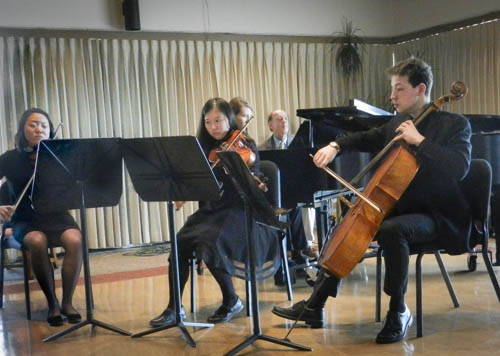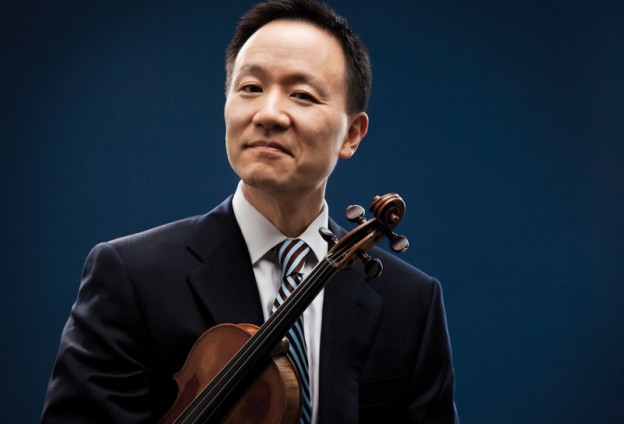This year’s Fall Dance Concert will feature Taiko, modern, tap, and classical ballet, along with a work by Pitch (a dance co.), and pieces by student choreographers Marion Kudla and Sophie Gray-Gaillard. Performances will be held on December 8th at 4:30pm and December 9th at 8pm. Both shows are free and open to the public.
As part of the class on Pointe and Partnering that she teaches, Dance Professor Chandra Moss-Thorne often stages excerpts from classical ballets that require pointe work. Last year, for example, students performed the snow section from The Nutcracker. This year, Professor Moss-Thorne has staged the Jewels Divertissement from Sleeping Beauty, one of the most iconic divertissements in all of classical ballet. With music by Tchaikovsky and choreography by Marius Petipa, considered the most influential ballet choreographer in history, the short piece is a beautiful and efficient display of the most that classical ballet has to offer.
Pitch (a dance co.) will perform their piece, Request. Pitch is a “cross-disciplinary incubator” from the works of the accomplished dancers and choreographers Meredith Webster and Tania Isaac. The company combines modern and balletic techniques with “converging forms and ideas.” Request is a duet that the pair created in response to dance requests submitted to them by outside parties. With music by Arvo Part, the piece “is a collage of short dances that thread together the memory of people, relationships, fears, aspirations and moments in time.”
Marion Kudla ‘19 and Sophie Gray-Gaillard ‘20 will each present contemporary pieces that they have been working on since last spring. Both have trained extensively in classical and contemporary techniques and have been interested in choreography for a long time. Their pieces are part of their work for Dance Lab with Professor Kim Arrow. Kudla’s piece expands upon Thoreau’s idea that “the most alive is the wildest.” Her work, Imprints, “is inspired by places of wilderness, by places that remind us of what it is to be freed.” Gray-Gaillard’s work is a solo that focuses on the fluidity of the body’s movement through space, a style she admires in the work of Alonzo King and the Cambrians, among others. She based a large amount of her work in the convergences of improvisational and choreographed movement.
Each semester, the Dance Concert is a chance for students to share the hard work they have put into each of their classes, and for student choreographers to offer their first exciting takes on various dance forms. The concerts showcase the powerful dynamism of Taiko, the rapidly-evolving techniques of modern dance, and the rhythmic beauty of tap, along with new interpretations of classical and contemporary ballet. Swarthmore’s Dance Program gives voices to many different styles of dance, and the concerts are the realization of those voices.
Gabriel Hearn-Desautels ’20



